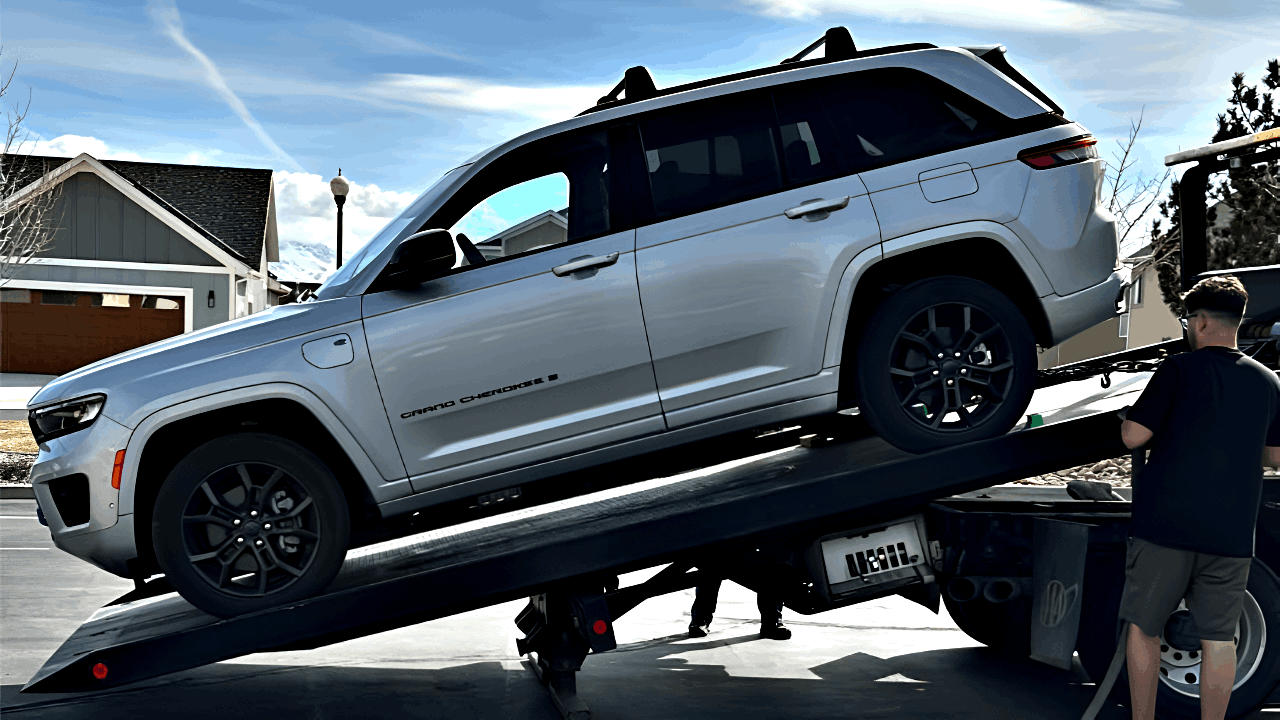
Buying a used car can feel like the perfect money-saving move. You skip the sharp depreciation hit that new-car buyers face and often score a decent vehicle for a fraction of the price.
But not every used car is a good deal. Some models that seem affordable usually end up costing a fortune due to endless repairs, breakdowns, and expensive replacement parts.
In 2025, several used models have emerged as notorious “money pits.” Their low resale prices often conceal significant mechanical issues that can easily exceed their original purchase cost.
From fragile engines to failing transmissions, these are the cars many mechanics warn buyers to avoid.
1. Ford Focus (2014–2017)
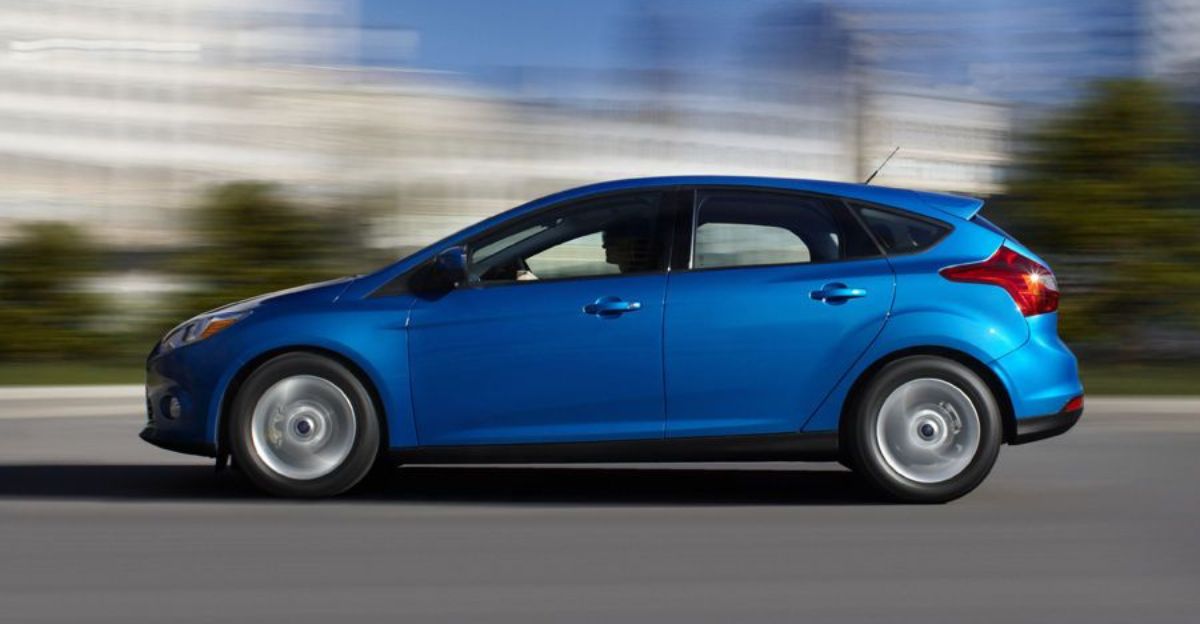
The Ford Focus from this generation is one of the most infamous used cars on today’s market. Its PowerShift dual-clutch automatic transmission, designed to improve fuel economy, has proven a disaster for thousands of owners.
These Focus models often suffer from jerky acceleration, gear slippage, and premature clutch wear. Transmission replacements can cost $3,000 to $6,000 — more than the car’s resale value in many cases.
Ford has settled multiple lawsuits, but many drivers continue to report ongoing issues even after the company made repairs.
Mechanics advise against these altogether and instead recommend a Toyota Corolla or Honda Civic, both of which are renowned for their dependable and low-cost ownership.
2. BMW 5 Series (2011–2014)
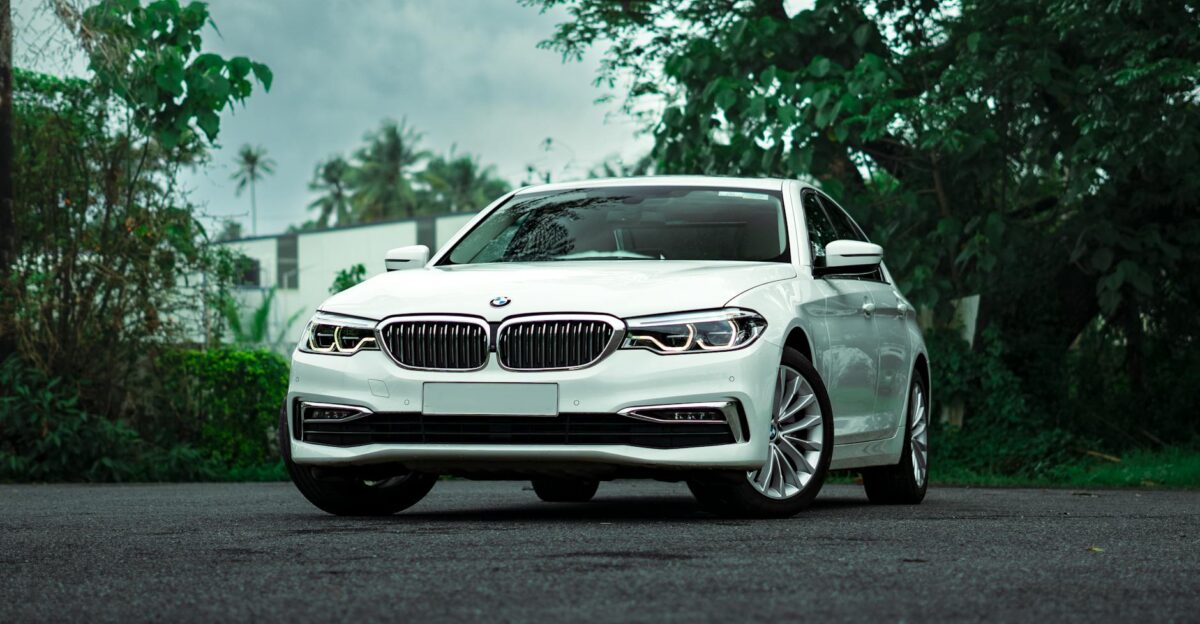
The BMW 5 Series delivers a silky ride, refined styling, and prestige — until it’s time to pay for upkeep. These model years have consistent complaints about leaking oil gaskets, failing fuel system sensors, and fragile electronic components.
Regular service visits can exceed $1,000, and major repairs often cost twice that.
Due to their complex engineering and reliance on dealer-only parts, repair shops charge premium rates. Buying one used may seem like a luxury bargain, but it’s usually an expensive gamble.
Shoppers craving comfort and longevity should look to the Lexus ES — just as elegant, far more reliable.
3. Jeep Cherokee (2012–2016)
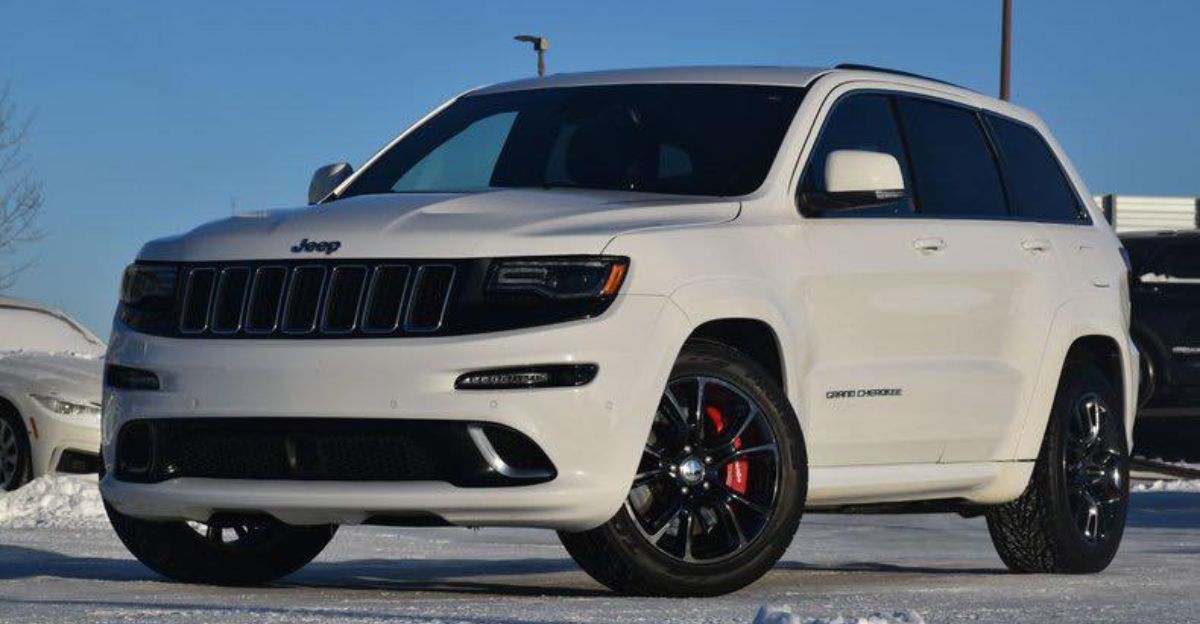
The Jeep Cherokee boasts the rugged styling of an off-roader, but mechanically, it has been one of the least reliable SUVs of its era. The 9-speed automatic transmission, in particular, is a sore point.
Drivers experience sudden stalling, erratic shifting, and even total failure, accompanied by high repair costs.
Dealerships issued software updates, but they rarely eliminated the stress of unpredictable behavior on the road.
For those looking for an SUV that balances dependability with affordability, the Honda CR-V or Mazda CX-5 is a safer bet — both have stellar reputations for reliability.
4. Nissan Altima (2013–2015)
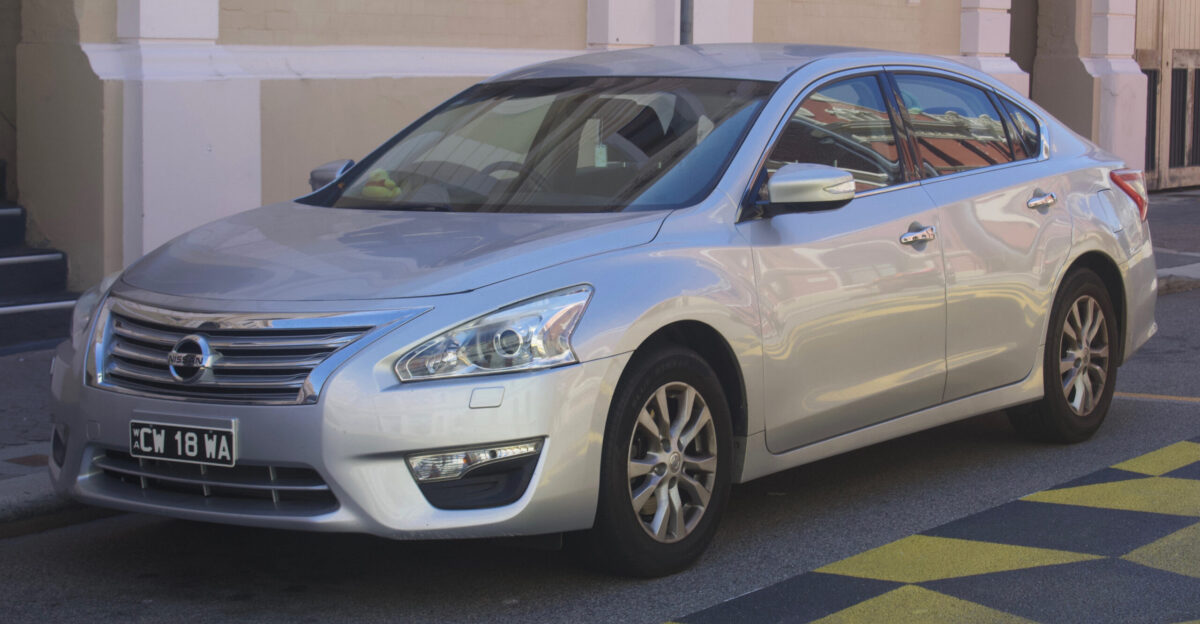
The Nissan Altima of this generation is a cautionary tale about continuously variable transmissions (CVTs). These systems promise smooth gear changes and fuel efficiency, but have suffered catastrophic failures.
Many owners report whirring noises, jerky acceleration, and even complete transmission shutdowns.
Replacing a CVT can cost $4,000—nearly the entire resale value of an old Altima. Though Nissan has extended some warranties, most cars of this vintage are now out of coverage.
Classic midsize sedans, such as the Toyota Camry or Hyundai Sonata, offer better durability and lower long-term maintenance costs.
5. Chevrolet Equinox (2010–2013)
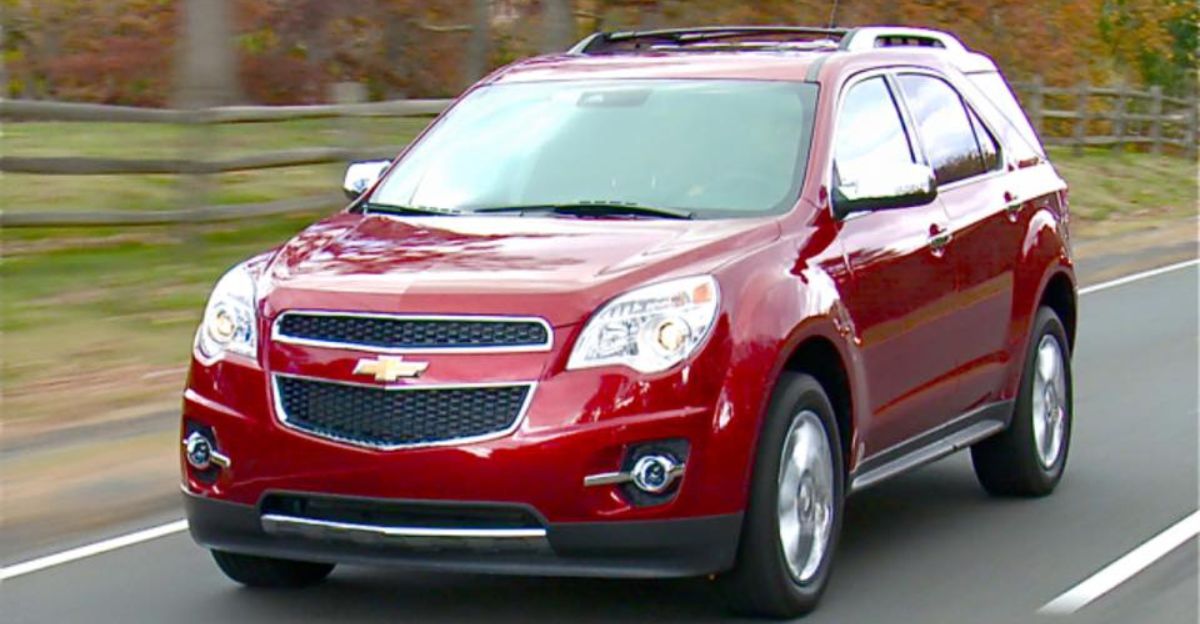
These older Equinox SUVs may seem tempting for families, but their 2.4-liter Ecotec engines are notorious for being oil guzzlers. Owners often find themselves adding a quart every 1,000 miles.
Left unchecked, low oil levels cause engine failure. Transmission issues further plague this vehicle, especially past 100,000 miles, when replacement costs can soar above $5,000.
For SUV buyers seeking stress-free ownership, the Toyota RAV4 or Subaru Forester delivers stronger reliability and resale value — and neither drinks oil like the Equinox does.
6. GMC Acadia (2012–2015)
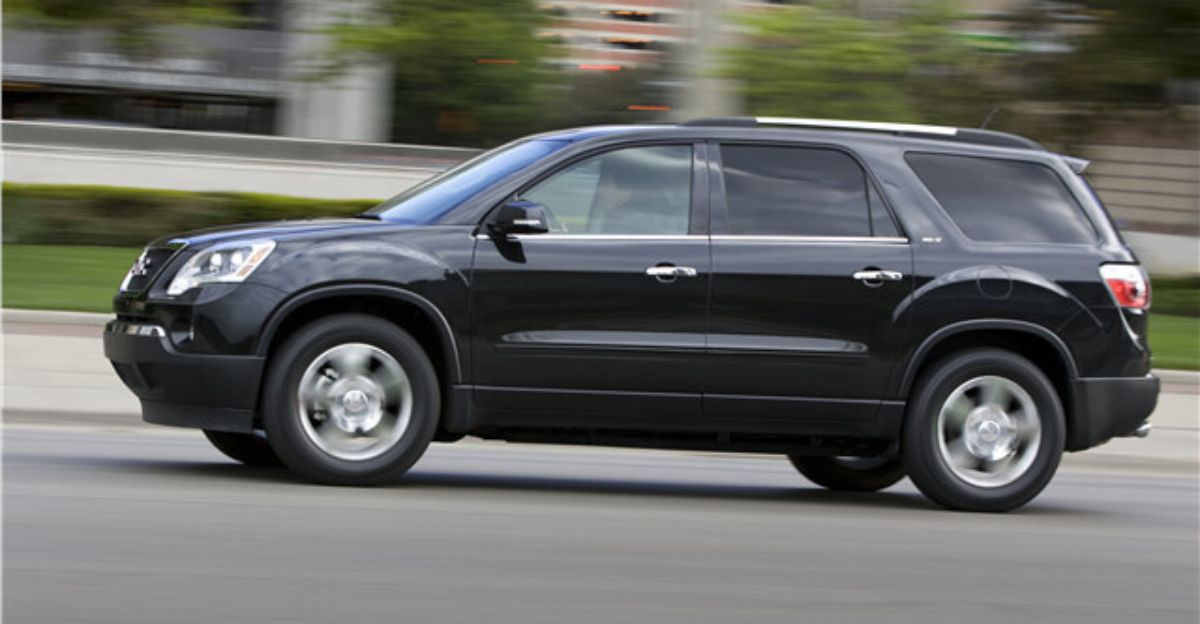
The GMC Acadia combines size and style, but those perks come with staggering repair costs. Mechanics frequently encounter timing chain wear, transmission faults, and electrical issues that can result in significant costs.
Once this SUV reaches 80,000 miles, the frequency and cost of repairs skyrocket.
Acadia’s premium parts pricing – similar to luxury brands – makes long-term ownership unsustainable for most. Buyers should instead consider a Honda Pilot or Toyota Highlander, both large SUVs with outstanding reliability ratings.
7. Dodge Journey (2011–2016)
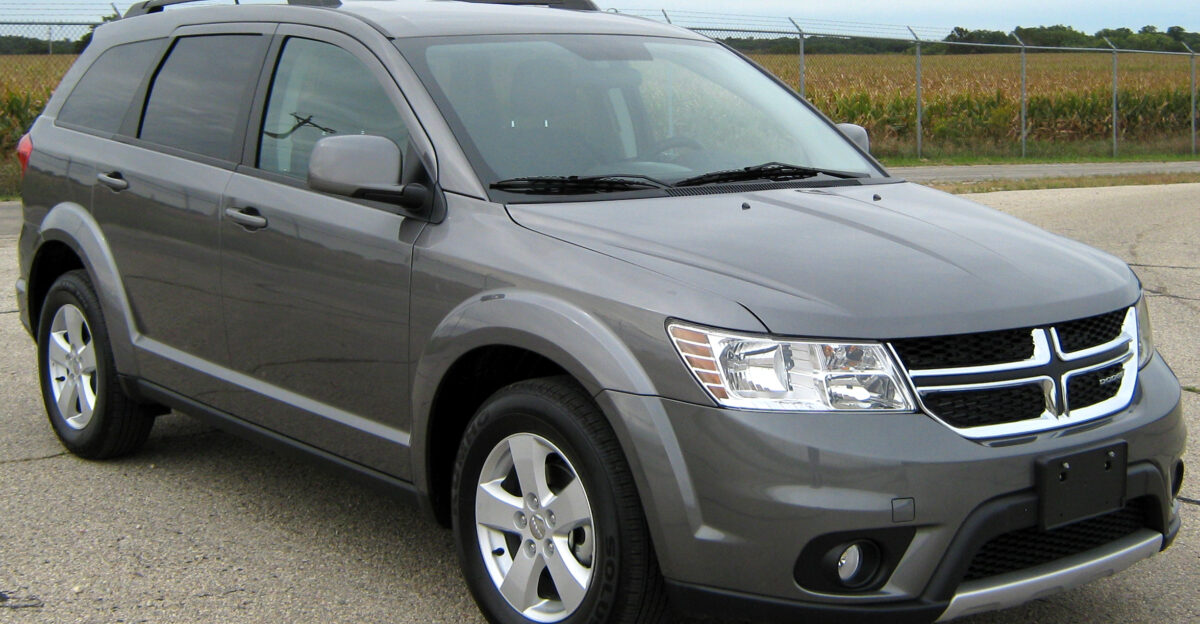
Dodge once marketed the Journey as an affordable family hauler, but the model’s low price conceals chronic flaws.
Weak engines, outdated electronics, soft brake pads, and premature suspension wear make it one of the least reliable midsize crossovers. Many owners must redo brake jobs every 20,000 miles, which is double the normal frequency.
Mechanics warn that Journeys are often “cheap to buy, expensive to keep.” Savvy families should go for used Hyundai Santa Fe or Kia Sportage models instead — both offer stronger warranties and better reliability.
8. Chrysler 200 (2014–2018)
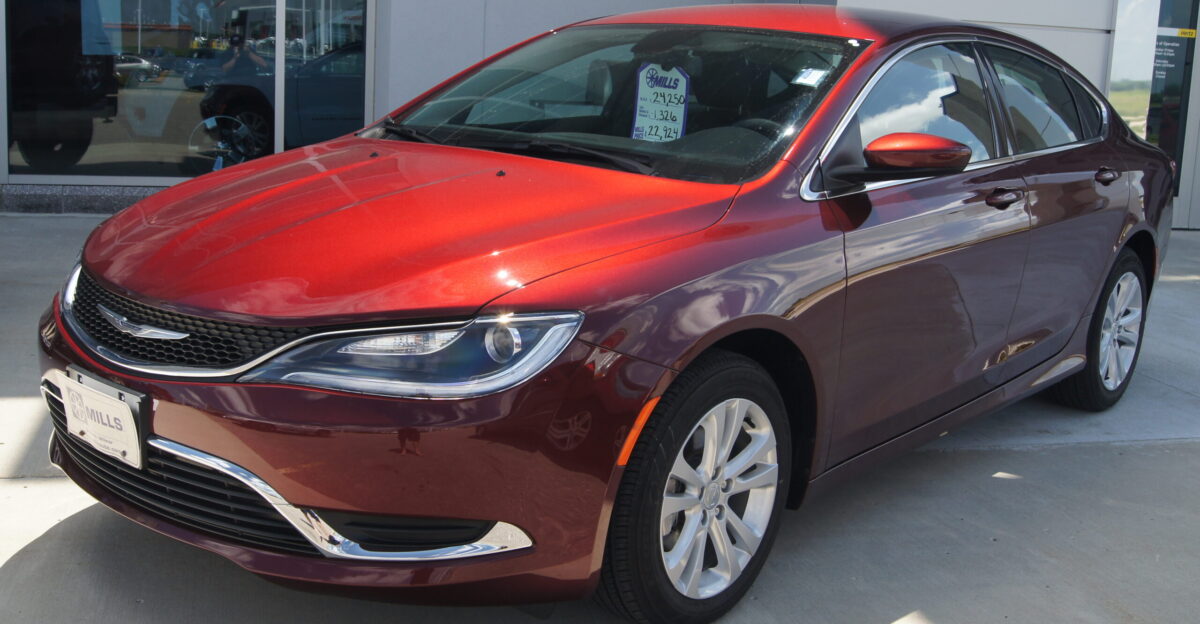
This stylish sedan may look modern, but its internal components are a headache to work with. Electrical and electronic malfunctions continually plague the Chrysler 200.
The Powertrain Control Module is a common culprit, often leading to unpredictable shifting and stalling.
As these issues accumulate, repair bills pile up quickly, and shop time can stretch to weeks because parts are complex to source.
A used Mazda6 or Honda Accord provides the same sleek styling with far fewer headaches and far more dependability.
9. Kia Sorento (2015–2017)
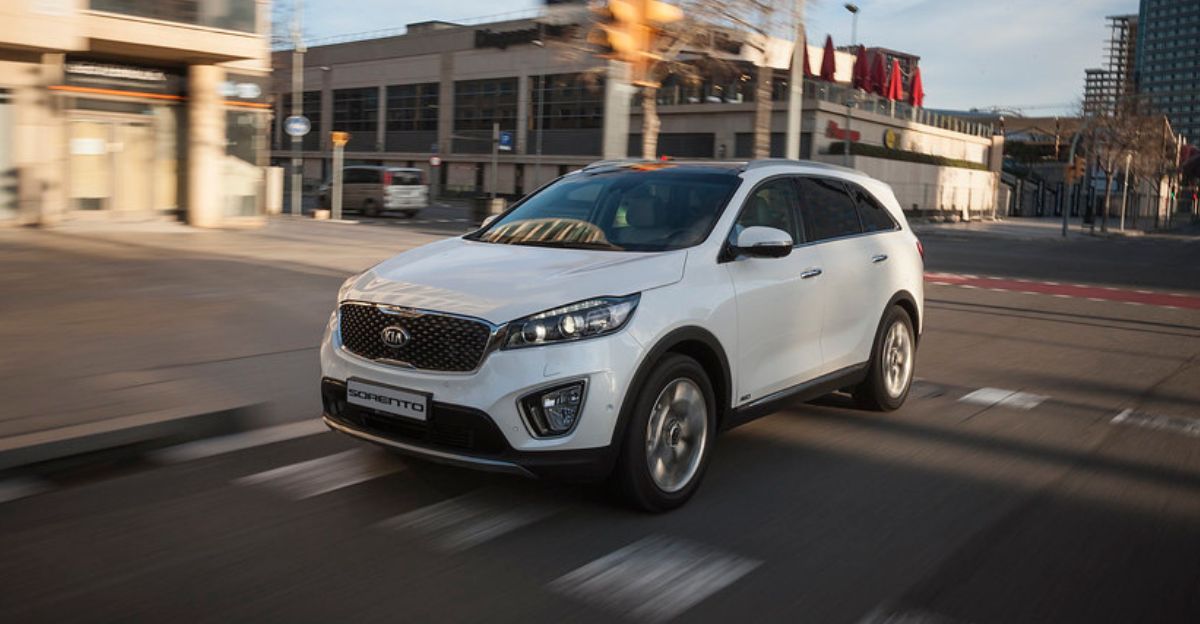
Kia’s mid-decade models, particularly the 2015–2017 Sorento, experienced a wave of engine problems due to connecting rod damage that sometimes led to engine fires.
While Kia extended warranties in some cases, many vehicles fall outside coverage. Repairs can top $8,000 for a complete engine replacement.
Despite Kia’s efforts to rebuild trust, older Sorentos continue to be a riskier purchase. Safer alternatives include the Toyota Highlander and Subaru Outback, both of which have strong records for crash safety and reliability.
10. Volkswagen Passat (2012–2014)
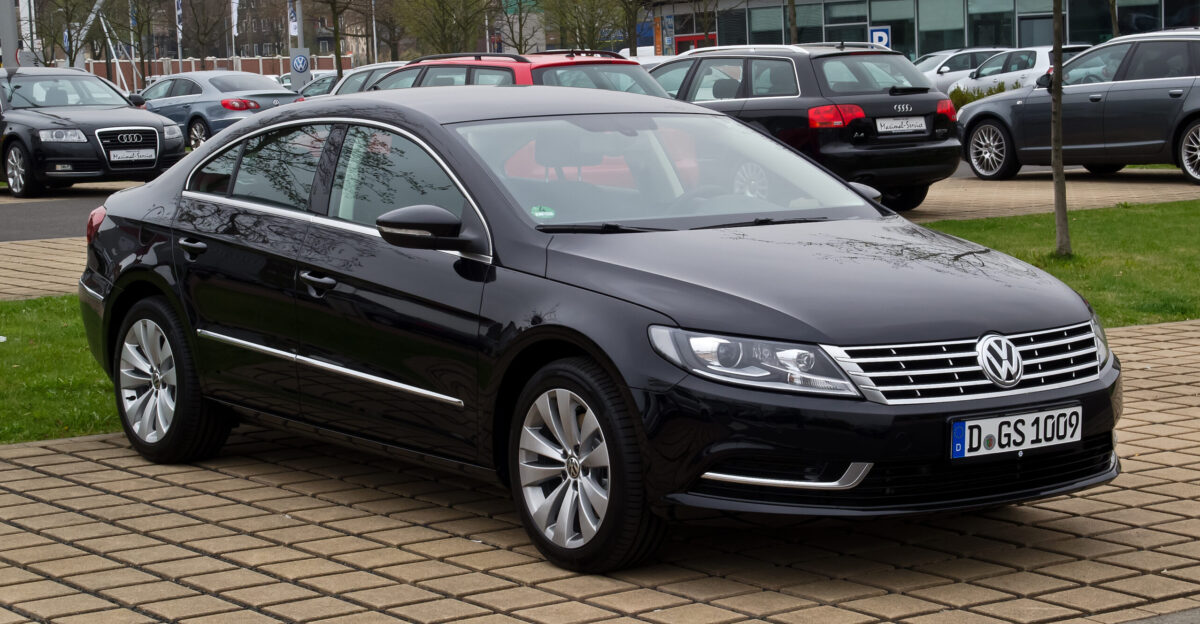
The Passat offers a smooth ride and refined handling, but its overseas engineering can make maintenance painful.
Turbochargers, high-pressure fuel pumps, and electrical systems often malfunction, sending owners into repeated repair cycles. Average annual maintenance can easily exceed $1,500.
Many European cars carry this pattern: excellent ride quality but complex mechanics. For those seeking a balanced, enjoyable drive without luxury-sized bills, the Mazda6 stands out as a far better choice.
11. MINI Cooper (2010–2014)
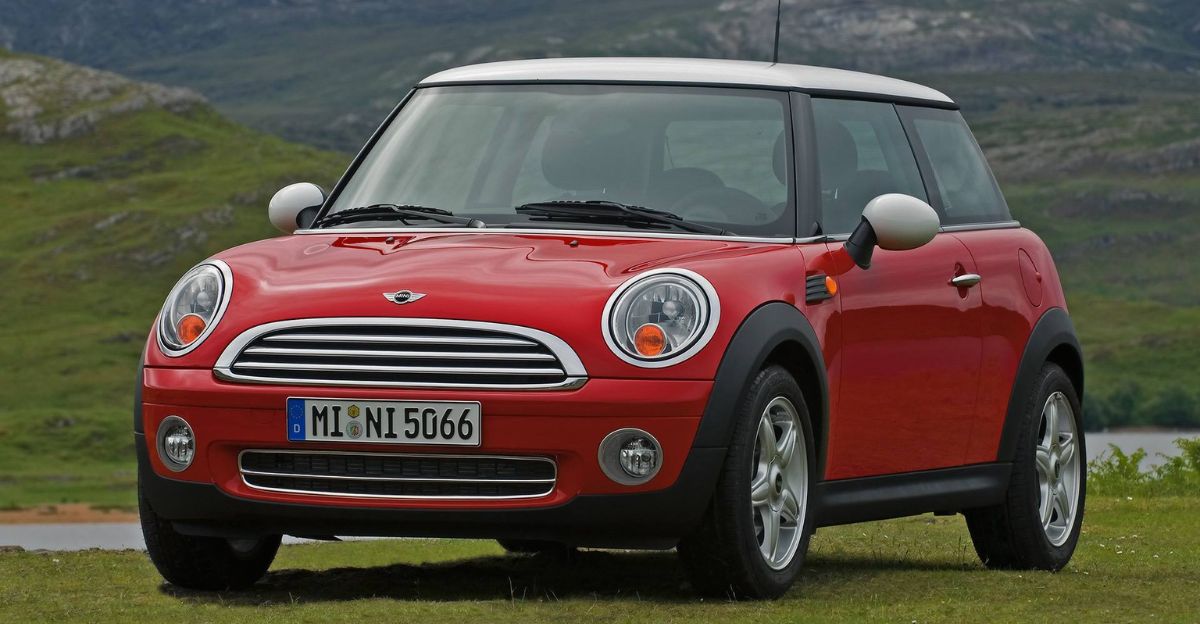
Fun to drive and undeniably stylish, older MINI Coopers can also be financial traps. Oil leaks, overheating, and clutch failures are widespread. Turbocharged engines make access tight, increasing labor time on every repair.
A simple oil-change appointment can run double the cost of most small cars. While appealing on the surface, these models are “mechanics’ best friends” because they require frequent attention.
Drivers who love small, playful vehicles should consider the Honda Fit, which combines agility with exceptional reliability.
12. Ram 1500 (2013–2016)
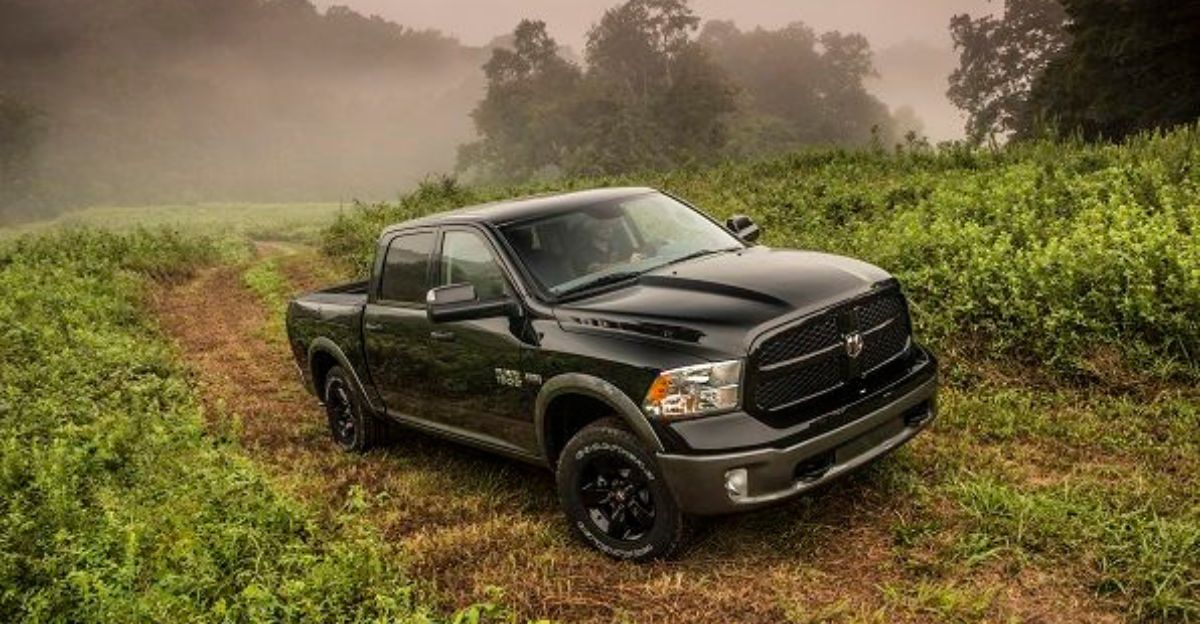
Pickup trucks are supposed to deliver durability, but early-2010s Ram 1500s often fail that test. Their transmissions are vulnerable, as are the air suspension systems on higher trims.
Oil leaks, electronic failures, and worn gaskets significantly raise long-term maintenance costs beyond expectations.
While Ram loyalists appreciate the truck’s ride quality, it’s among the priciest full-size pickups to own over ten years. For heavy-duty users, Toyota’s Tundra remains unmatched in terms of dependability and affordable repair costs.
Calculating True Cost of Ownership

Buying a used car is only half the story — keeping it running is the real cost. CarEdge data shows that some brands, such as BMW, Chrysler, and Jeep, can cost owners upwards of $11,000 in maintenance and repairs over a ten-year period.
Compare that to around $7,000 for Honda and Toyota, and the gap becomes obvious.
Oil changes, timing belt replacements, transmission flushes, and brake replacements all add up, especially if the parts are rare or labor-intensive.
Depreciation and Repair Trends in 2025
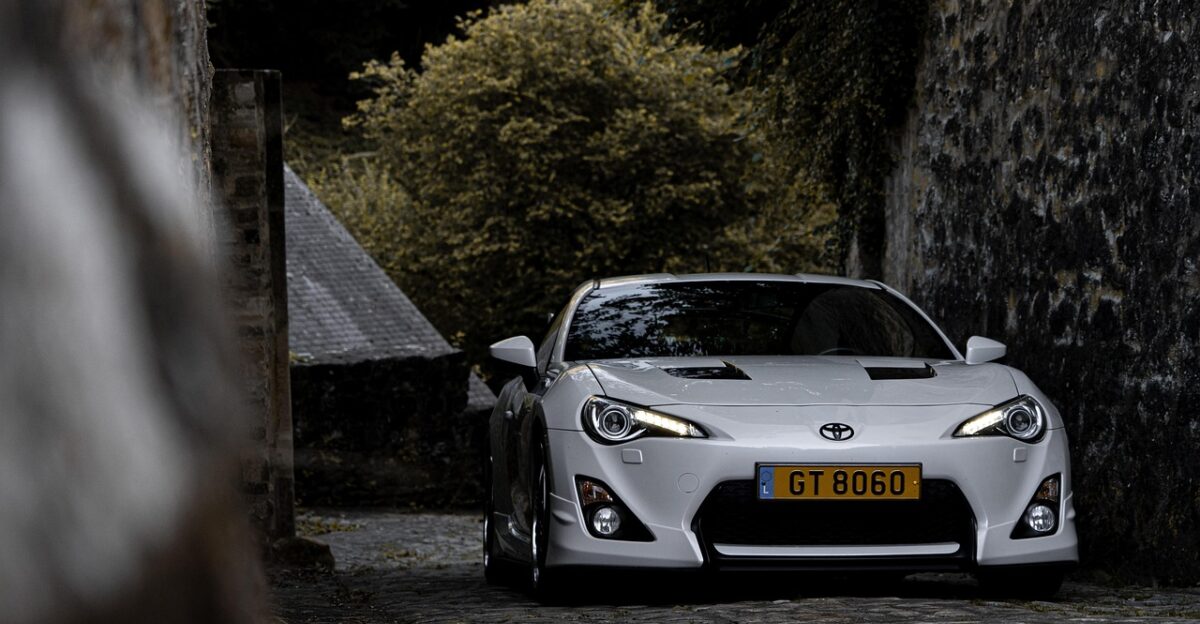
Car depreciation favors simple, reliable makes. Japanese brands, such as Toyota, Honda, and Mazda, tend to maintain their value better than more complex American or European vehicles.
As cars age, rare electronic components become increasingly challenging to find, driving up repair costs.
This reality has hit luxury sedans especially hard—their technology ages quickly, leaving owners with pricey and hard-to-repair dashboards, sensors, and infotainment systems.
In contrast, well-engineered models like the Toyota Camry or Honda Accord retain value and reliability, making them excellent used buys.
The Hybrid and EV Risk Factor
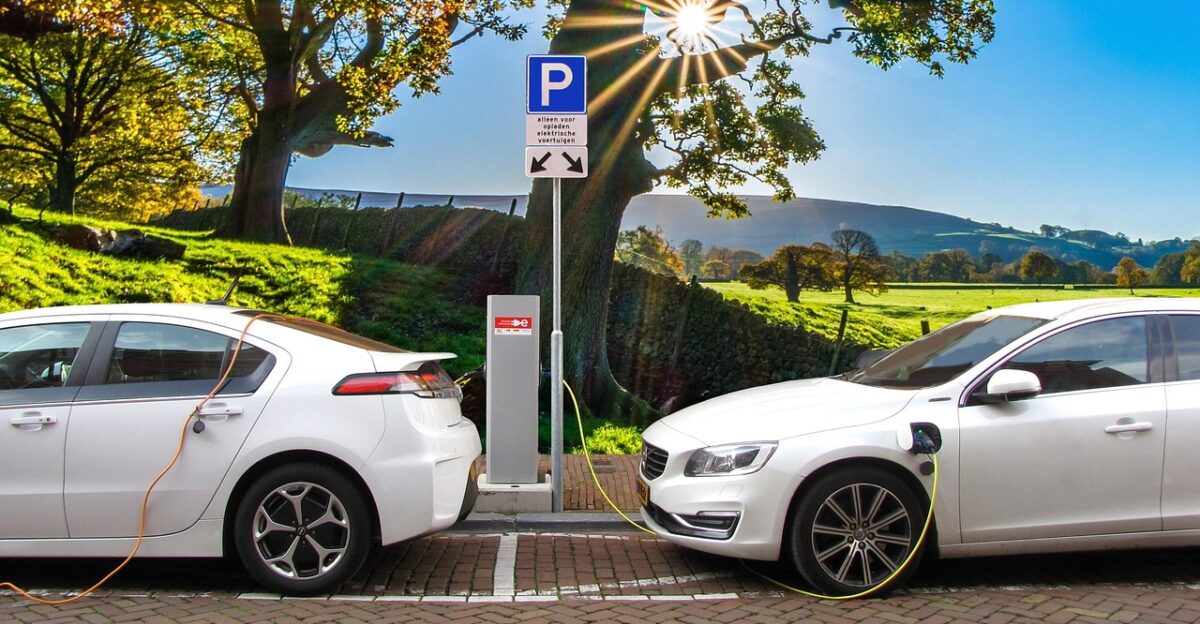
Electric and hybrid vehicles can help save fuel money, but they introduce other challenges. Battery packs wear out, and replacing them can cost $7,000 to $12,000, depending on the model.
Early EVs like the Nissan Leaf and older Toyota Prius hybrids are beginning to show age-related degradation.
Prospective buyers should request a battery health report before purchasing, as even vehicles with low mileage can conceal significant battery decline.
Smart Research Before Purchase

The best defense against a used-car nightmare is thorough preparation before you make a purchase. Always start by checking a vehicle’s complete maintenance and recall history through trusted services like Carfax or your manufacturer’s official database.
This helps confirm that key services, such as timing belt replacements or recall fixes, have been completed. Next, schedule a detailed pre-purchase inspection with a certified mechanic—this step can reveal hidden issues that a simple test drive might miss.
Take time to read Consumer Reports or similar reliability rankings to understand potential weak spots specific to your model year. Finally, when the budget allows, prioritize Certified Pre-Owned (CPO) vehicles.
Avoiding the Money Pit Trap

A low price tag alone doesn’t make a used car a good deal. Beneath the shine, some vehicles hide years of wear, poor design, or unresolved recalls. Once purchased, costly breakdowns become the new owner’s problem.
The smartest buyers focus on reliability above all — checking service documentation, seeking second opinions from mechanics, and comparing the total cost of ownership before signing anything.
The goal isn’t just to own a car; it’s to own one that doesn’t own you. In the used-car market, “cheap” can often turn out to be the most expensive option of all.